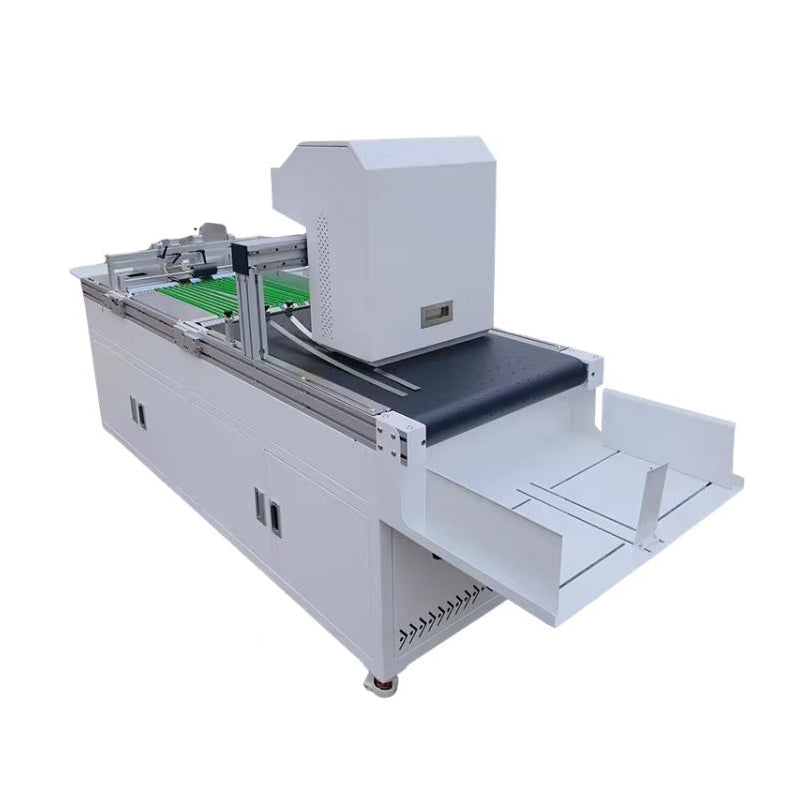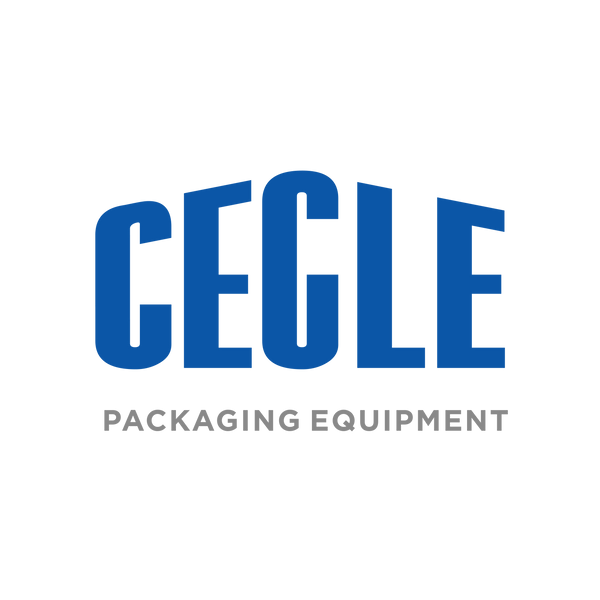
The Benefits Of Using Digital Printing Machine
Share
The core advantage of using a digital printer is its flexibility, efficiency, and cost control, making it especially suitable for small-batch, personalized, and fast-delivery printing needs while significantly lowering the barriers and limitations of traditional printing.
Digital printers directly image from digital files, skipping the plate-making process required for traditional printing. This technical feature defines its core advantages, which can be broken down into the following 5 dimensions:
1. High Flexibility, Supporting Personalized Customization
This is the most prominent advantage of digital printers. Unlike traditional printers that require fixed plates and cannot easily modify content:
- Variable content: It enables the "each piece is different" printing effect. For example, you can print different customers' names and exclusive discounts on a batch of brochures, or customize different photos on postcards.
- Quick draft revisions: There’s no need to remake plates. You just need to modify the digital file to switch printing content, making it ideal for scenarios that require frequent design adjustments (such as daily updated promotional posters).
- Flexible sizes: Most digital printers support a variety of paper sizes, ranging from business card size to A3 or even larger formats, without complex equipment adjustments.
2. No Plate-Making, Reducing Small-Batch Costs
The "plate-making fee" is a fixed cost for traditional printing—even if you only print dozens of copies, you still have to pay it. Digital printing completely avoids this:
- No minimum order threshold: You can print 1 copy, 10 copies, or 50 copies, and the unit price won’t rise sharply due to small quantities. It’s suitable for personal work printing (such as poetry collections, photo albums) and small-batch corporate materials (such as internal manuals, trial product labels).
- Transparent costs: Expenses are directly linked to the number of prints. There’s no need to calculate hidden costs like plate-making and plate-baking, making it easier to control the budget.
3. Short Process, Fast Delivery Speed
Traditional printing requires multiple steps: "design → film output → plate-making → on-machine debugging → printing", which usually takes several days. The digital printing process is greatly simplified:
- Instant start: After importing the digital file into the device, printing can start within a few minutes. It’s possible to submit the file and pick up the prints on the same day.
- Less waiting time: There’s no need to wait for plate-making and equipment debugging, which is especially suitable for urgent needs (such as agenda sheets for temporary meetings, on-site instant photo printing at events).
4. Stable Colors, Good Detail Restoration
The color management technology of modern digital printers is very mature. They can accurately match the colors of digital files, and the color consistency of prints in the same batch is high:
- Accurate colors: They support multiple color modes such as CMYK and RGB. You can adjust colors through color calibration software to meet scenarios with high color accuracy requirements (such as brand VI manuals, product samples).
- Clear details: The resolution generally reaches 1200 dpi or higher, which can clearly restore the details of text and patterns. They can even print fine gradient effects and small fonts (such as parameters in product manuals).

